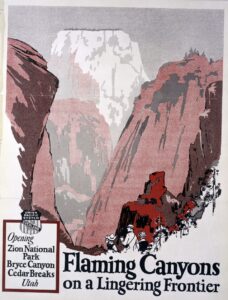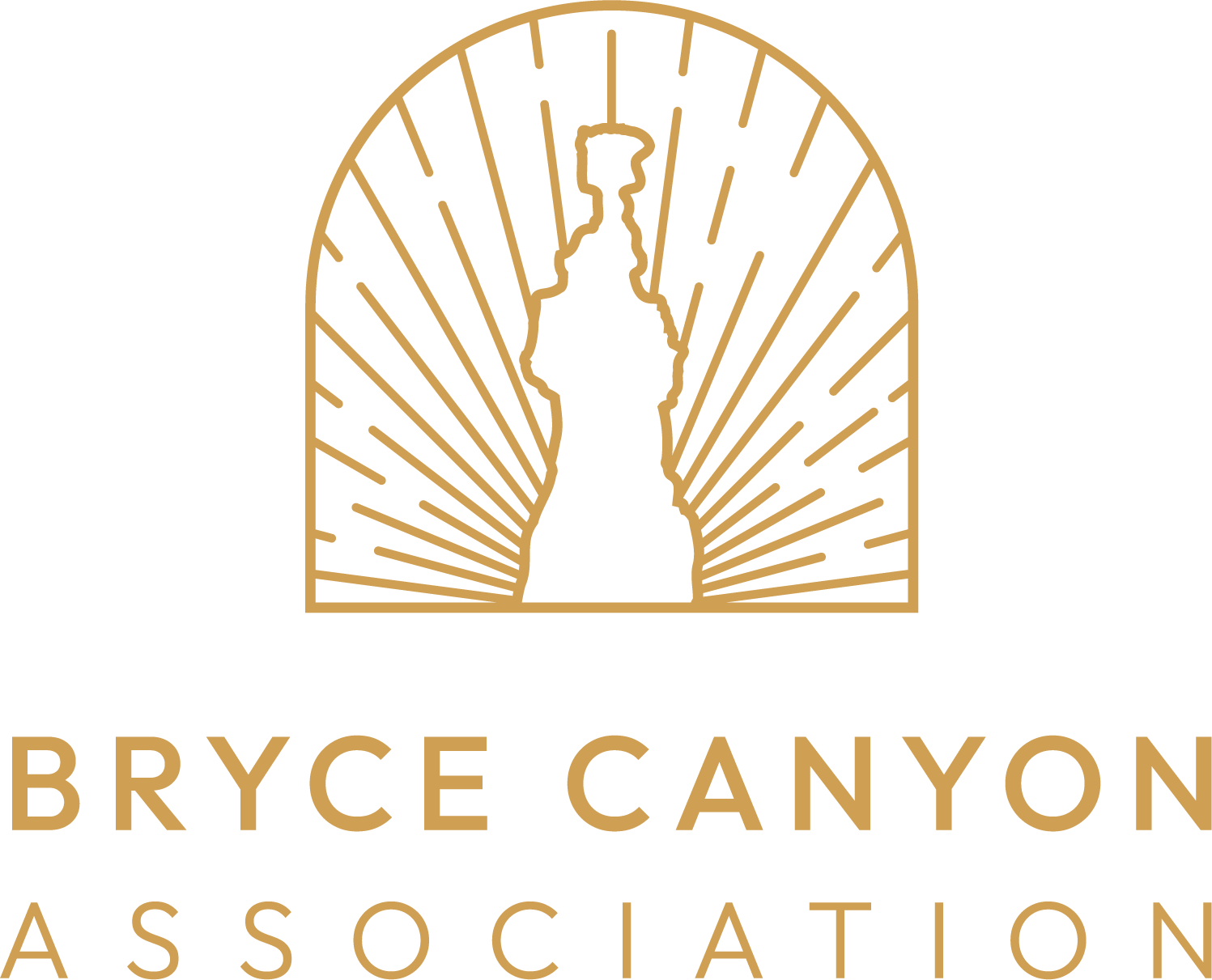Long before vacationers rode Union Pacific trains to Sun Valley, visitors to America’s scenic wonders had discovered the convenience of trains for destination travel. From the very earliest days of train travel, railroads marketed America’s scenic beauty as reason enough to take a trip.
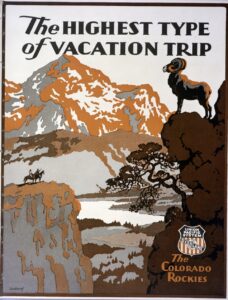
When Teddy Roosevelt and John Muir began leading a movement to permanently protect these areas as national treasures, the railroads were right beside them. In 1903, years before the National Park Service was established, Union Pacific and the Chicago and North Western formed the “Bureau of Service to National Parks and Resorts,” serving the areas that would become Yellowstone National Park and Rocky Mountain National Park.
In 1916 the National Park Service was established and the railroads were an immediate partner. Most of the existing national parks at the time could only be reached by the public via rail. As the transportation provider to these areas for years, railroads had constructed lodging and public facilities at Yosemite, Yellowstone, Glacier, and Grand Canyon National Parks.
Railroads also became important advertising partners for the parks. With majestic scenery as a backdrop, railroad photography departments documented every twist and turn of park trails with photos that helped ticket agents sell fully-planned door-to-door escorted excursions. Artists in advertising departments created paintings and drawings that captured the beauty of America’s parks and became the basis of nationwide campaigns. And railroad movie departments provided films that reached Saturday cinema audiences across the country.
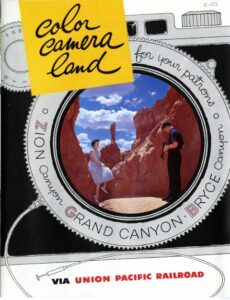 For Union Pacific, the most important national parks in its system were Yellowstone and the national parks in southern Utah.
For Union Pacific, the most important national parks in its system were Yellowstone and the national parks in southern Utah.
In 1922, Union Pacific announced it would create an all-inclusive “circle loop” tour of the recently designated national parks and monuments in southern Utah. The railroad created the Utah Parks Company to manage the operation then over the next few years extended its rail line, purchased a fleet of touring vehicles, and built lodges and cabins at Zion and Bryce Canyon National Parks, Cedar Breaks National Monument, and the north rim of the Grand Canyon.
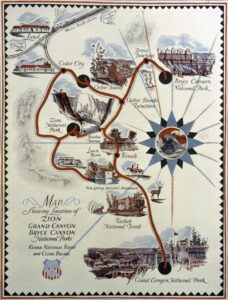
Union Pacific and the National Park Service selected architect Gilbert Stanley Underwood to design the facilities. Underwood designed lodges, dining halls, and cabins, culminating in a spectacular lodge on the north rim of the Grand Canyon. With his lodge design at the Grand Canyon, Underwood’s architectural style became the standard for national park lodges throughout the West. Unfortunately, his reliance on wood in remote areas also led to the eventual loss of all of the lodges from fire. The Grand Canyon Lodge stood for only four years before it burned to the ground. It was later rebuilt as the current lodge visitors enjoy today.
For nearly fifty years, visitors to southern Utah could arrive at the train station in Cedar City and board a Utah Parks Company touring car or bus for a 489-mile tour of the state’s natural treasures. Most visitors spent at least one night at each park and then were sent on to the next park with a “sing-away” by the full staff.
However, after World War II changes in transportation in national parks become evident due to the growth of the automobile industry. By the 1950’s, 75 percent of visitors were arriving by car. Between 1923 and 1957, the Utah Parks Company lost $3.5 million dollars. With no passenger revenue to offset the losses, the railroad began looking for a buyer for the Utah Parks Company.
Because the venture was a partnership with the National Park Service, sale of the facilities and tour operations had to be approved by NPS. After several failed attempts to reach a sale that was acceptable to all parties, in 1972 the railroad donated all of its facilities at Zion, Bryce, Cedar Breaks and the Grand Canyon to the National Park Service.
Today, the National Park Foundation and the National Park Service celebrate the historic relationship between railroads and the National Park System. This tradition of generous and groundbreaking collaboration continues through The Union Pacific Foundation’s critical support of Pullman National Monument, an iconic site in African American and labor history and the city’s first national park.
Although the nation’s largest railroads are no longer known for helping passengers reach scenic destinations, they remain a vibrant and critical part of the American way of life, delivering the raw and finished goods — from automobiles and consumer products to lumber and agricultural products — on which we all rely.
